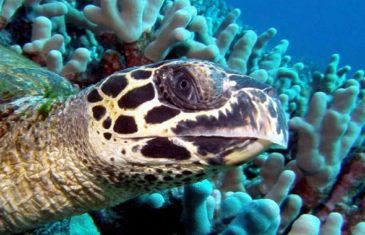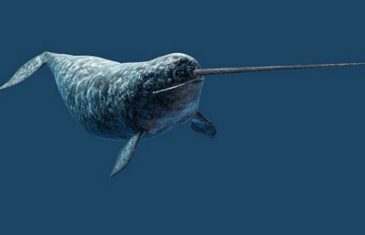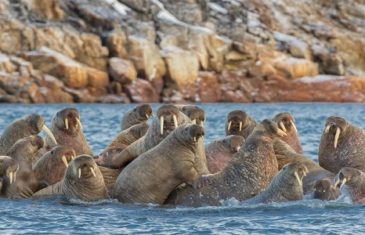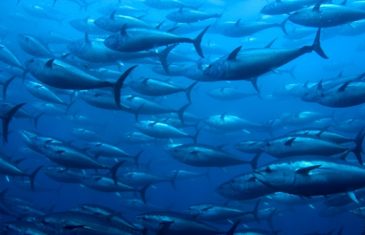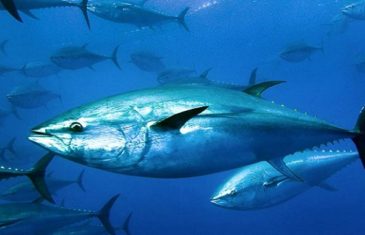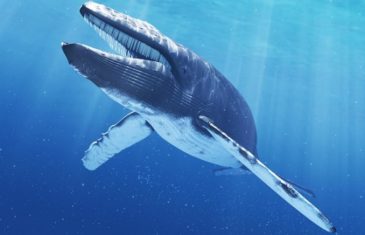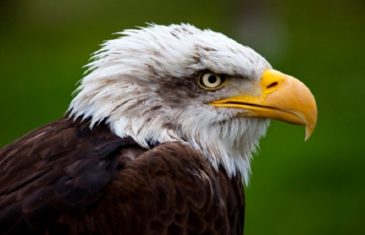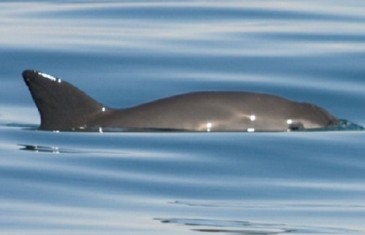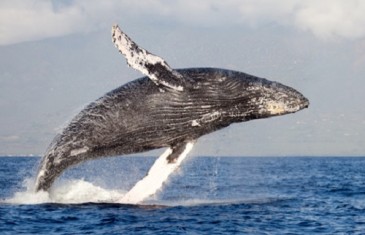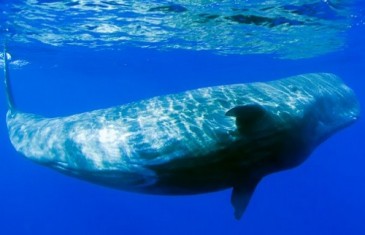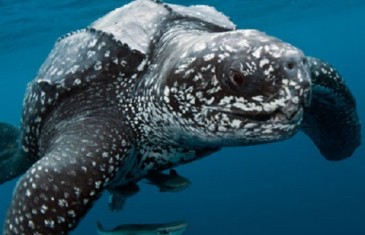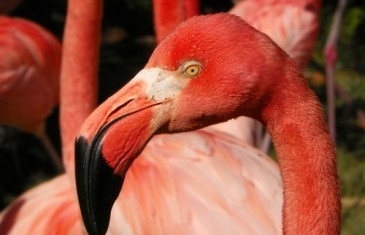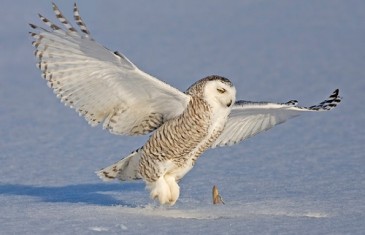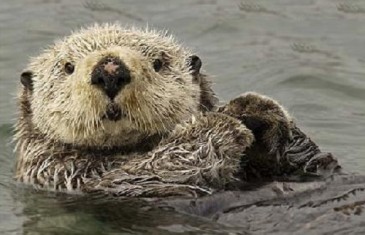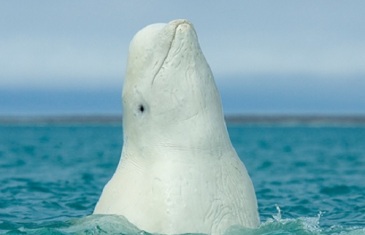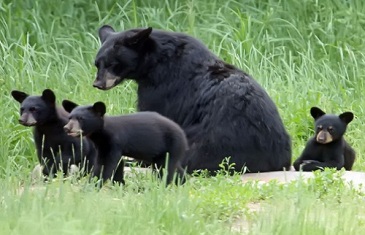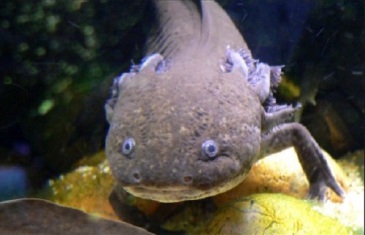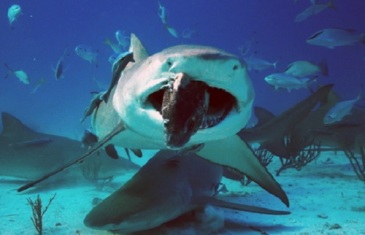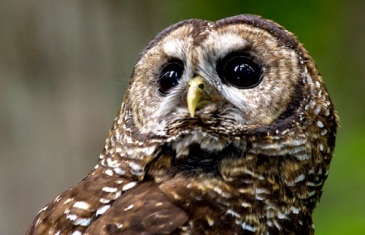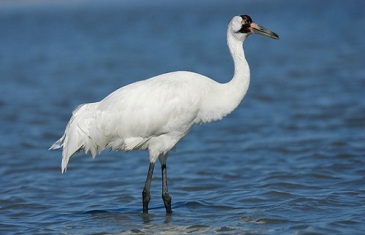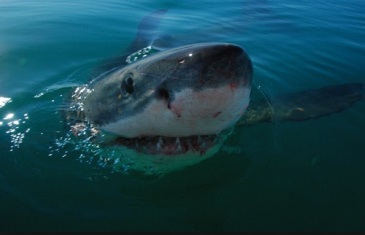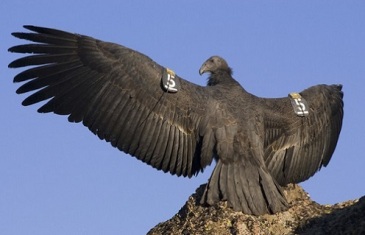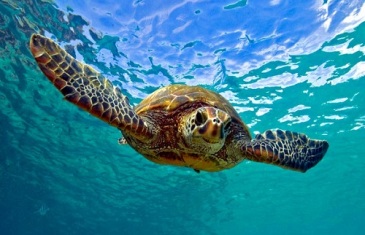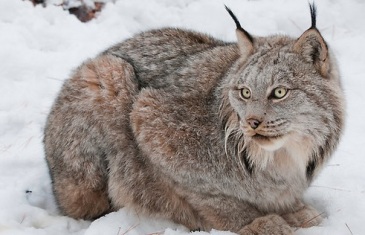Interesting Facts The Hawsksbill Sea Turtle is the most endangered of all the turtle species. Its population has declined over 80% in a century. One of the most important reasons for the global decline of the Hawksbill Sea Turtle has been the high demand for its richly patterned shell. It is used in a variety […]
Read moreTaxonomy Kingdom Phylum Class Order Family Genus Species Animalia Chordata Mammalia Artiodactyla Monodontidae Monodon Monodon monoceros Interesting facts During winter sometimes narwhals get trapped under fast forming pack ice. They attempt to keep the breathing hole open with their tusks but die of exhaustion and suffocation unable to breathe. Tusks are overgrown teeth. […]
Read more0 Conservation Status Walruses have been part of the culture of many indigenous Arctic cultures for thousands of years. They have hunted them for their meat, skin, blubber, tusks and bones. During the 19th and early 20th century its population was rapidly depleted. The Pacific species has rebounded since then but the Atlantic and Laptev […]
Read moreInteresting Facts There are three types of bluefin tuna: Pacific, Atlantic and Southern. Tokyo Tsukiji Market is the largest wholesale market of bluefin tuna. In 2013 a 222 kl tuna was sold for $1.8 million or $8,000 a kilogram (2.2 lb). About 80% of the Atlantic and Pacific Bluefin Tuna is consumed in Japan. As […]
Read more0 o Name Common name: Atlantic Bluefin Tuna Scientific name: Thunnus thynnus Population and Conservation Status The Atlantic Bluefin Tuna is a highly valuable species in the Japanese sashimi market which has been overfished across its range. According to the IUCN as of 2010 there has been a decline of up to 51% over the past […]
Read moreBlue Whale are the largest animals to have ever existed on earth, due to its size there are no Blue Whales in captivity. These animals are also the loudest animals on earth. During the 20th century the species was almost exterminated due to commercial whaling. Blue Whales can be found in all major oceans of […]
Read moreAn adult bald eagle, young ones do not have white plumage in the head and tail. o o Cool facts about the bald eagle The Bald Eagle has been the national emblem of the United States since 1782. Benjamin Franklin did not approve of the bald eagle as the US emblem. He thought it […]
Read moreo o Name Scientific name: Phocoena sinus Common name: Vaquita, Gulf Porpoise, Gulf of California Porpoise. Vaquita is for “little cow” in Spanish. Conservation Status The vaquita is the most endangered cetacean after the was declared functionally extinct in 2006. Phocoena sinus is listed as Critically Endangered by the IUCN Red List of Threatened Species. […]
Read moreo o Name Scientific name: Megaptera novaenanglia. Megaptera is derived from the Greek mega for “large” and pteron for “wing”. Novaeangliae for New England where the humpback was first described scientifically. Common name: Humpback whale, hump whale, hunchbacked whale. Conservation Status The humpback whale is listed as Least Concern by the IUCN. Its status was […]
Read moreName Common name: Sperm Whale, Spermacet Whale, Cachelot, Pot Whale. “Spermaceti”, the organ in the head of the whale which contains an oily liquid once believed to be sperm. Scientific name: Physeter macrocephalus. Physeter is derived from the Greek word for “blowpipe or blowhole” Macrocephalus is derived from Greek meaning “big head”. Conservation Status […]
Read moreo o Name Common name: Leatherback, Leatherback Sea Turtle, Leathery Turtle, Trunkback Turtle, Coffinback, Luth. Scientific name: Dermochelys coriacea Conservation Status by Subpopulations East Pacific Ocean subpopulation: Critically Endangered. Nesting females and nests declined by 97.4% during the past three generations. Northeast Indian Ocean subpopulation: Data Deficient. There is insufficient reliable trend data of […]
Read moreo o Population and Conservation Status Chilean flamingo (Phoenicopterus chilensis) – Near Threatened. The Chilean flamingo breeds erratically and irregularly. The IUCN estimates a total population of 300,000 individuals. Caribbean flamingo (Phoenicopterus ruber ruber) – Least Concern. This species has a large range with an increasing population. Lesser flamingo (Phoeniconaias minor) – Near Threatened. Decreasing […]
Read moreConservation Status The snowy owl (Bobus scandiacus) has a wide distribution and healthy population numbers, though its trend is declining. According to the IUCN its global population is estimated at more than 300,000 individuals. It does not meet the criteria for Vulnerable and it is listed as Least Concern by the IUCN Red List of Endangered […]
Read moreTaxonomy Kingdom: Animalia Phylum: Chordata Class: Mammalia Order: Carnivora Family: Mustelidae Genus: Enhyndra Species: Enhyndra lutris o o Name Common name: Sea otter. Scientific name: Enhyndra lutris. Enhiyndra comes from the Ancient Greek word for “water” and lutris from the Latin word for “otter”. Habitat Sea otters live in coastal areas, primarily in the ocean but they […]
Read moreTaxonomy Kingdon: Animalia Phylum: Chordata Class: Mammalia Order: Cetacea Family: Monodontidae Genus: Delphinapterus Species: Delphinapterus leucas Name Common name: White whale, beluga whale. Its name comes from the Russian world “beloye” meaning white. Scientific name: Delphinapterus leucas. Delphinapterus means dolphin without a wing – or dorsal fin. Habitat and Distribution Beluga whales are widely […]
Read moreTaxonomy Kingdom Phylum Class Order Family Genus Species Animalia Chordata Mammalia Carnivora Ursidae Ursus Ursus Americanus 0 0 Name Scientific name: Ursus Americanus. Common name: American black bear, Olympic black bear. Physical Features The black bear is the smallest of the North American bears. The other North American bears are the and the They have […]
Read more0 Taxonomy Kingdom: Animalia Phylum: Chordata Class: Amphibia Order: Caudata Family: Ambystomatidae Genus: Ambystoma Species: Ambystoma mexicanum Name Scientific name: Ambystoma mexicanum Common name: Axolotl, Mexican salamander, Mexican walking fish, Ajolote. 0 Distribution and Habitat The axolotl is an amphibian native to central Mexico specifically to the high altitude, fresh water lakes Xochimilco and Chalco […]
Read more0 Taxonomy Kingdom: Animalia Phylum: Chordata Class: Chondrichthyes Order: Carcharhiniformes Family: Carcharhinidae Genus: Negaprion Species: Negaprion brevirostris 0 Name Scientific Name: Negaprion brevirostris. Common Name: Lemon shark. Distribution and Habitat They inhabit the coastal inshore waters of the northwest Atlantic Ocean from the coast of the state of New Jersey to Southern Brazil, the Caribbean […]
Read moreTaxonomy Kingdom Phylum Class Order Family Genus Subspecies Animalia Chordata Aves Strigiformesa Strigidae Strix occidentalis Strix occidentalis caurina 0 0 Name Scientific name: Strix occidentalis caurina. Common name: Northern spotted owl. Habitat and Distribution The northern spotted owl is one of the three species of spotted owls, the other two are the California and the […]
Read more0 Taxonomy Kingdom: Animalia Phylum: Chordata Class: Aves Order: Gruiformes Family: Gruidae Genus: Grus Species: Grus Americana 0 Physical Features The whooping crane has snow white body feathers with black wingtips that can be seen when flying. The face has a black mask around the beak which is long and pointed so that it can […]
Read more0 Taxonomy Kingdom: Animalia Phylum: Chordata Class: Chondrichthyes Order: Lamniformes Family: Lamnidae Genus: Carcharodon Species: Carcharodon carcharias Name Common name: Great white shark, white shark, white pointer or great white. Scientific name: Carcharodon carcharias. 0 Physical Features The white shark has a dorsal fin on top of its body, two pectoral fins at the bottom […]
Read moreTaxonomy Kingdom: Animalia Phylum: Chordata Class: Aves Order: Cathatiformes Family: Cathartidae Genus: Gymnopyps Species: Gymnogyps californianus Name Scientific name: Gymnogyps californianus. Common name: California condor. 0 Physical Features The plumage of the California condor is black with white patches of white feathers on the underside of their wings. These patches are visible when flying. Like their […]
Read more0 Taxonomy Family: Animalia Phylum: Chordata Class: Reptilia Order: Testudines Family: Cheloniidae Genus: Chelonia Species: Chelonia mydas 0 Name Scientific name: Chelonia mydas Common name: Green turtle, green sea turtle, black sea turtle. Habitat and Distribution Its habitat extends throughout tropical and subtropical seas. They stay along the coast and islands between 30 degrees north and […]
Read moreTaxonomy Kingdom: Animalia Phyum: Chordata Class: Mammalia Order: Carnivora Family: Felidae Genus: Lynx Species: Lynx Canadensis 0 Name Common name: Canadian lynx. Scientific name: Lynx Canadensis Its name comes from the Greek word to “shine”, maybe in reference to their reflective cat eyes. Physical Features The Canadian lynx is a medium size wild cat. Canadian […]
Read more0 Taxonomy Kingdom: Animalia Phylom: Chordata Class: Mammalia Order: Carnivora Family: Procyoniade Genus: Procyon Species: Procyon lotor Name Common name: Raccoon, northern raccoon. Scientific name: Procyon lotor Physical Features Raccoon’s bodies are covered in a thick gray coat. They have an undercoat that accounts for 90% of its entire coat and insulates them from cold weather. […]
Read more